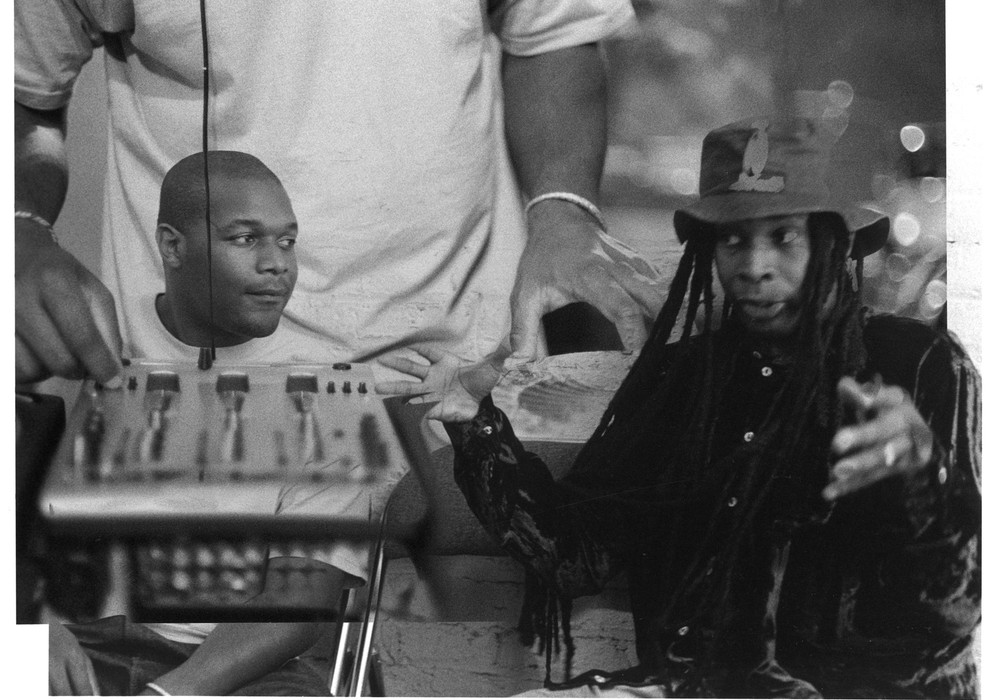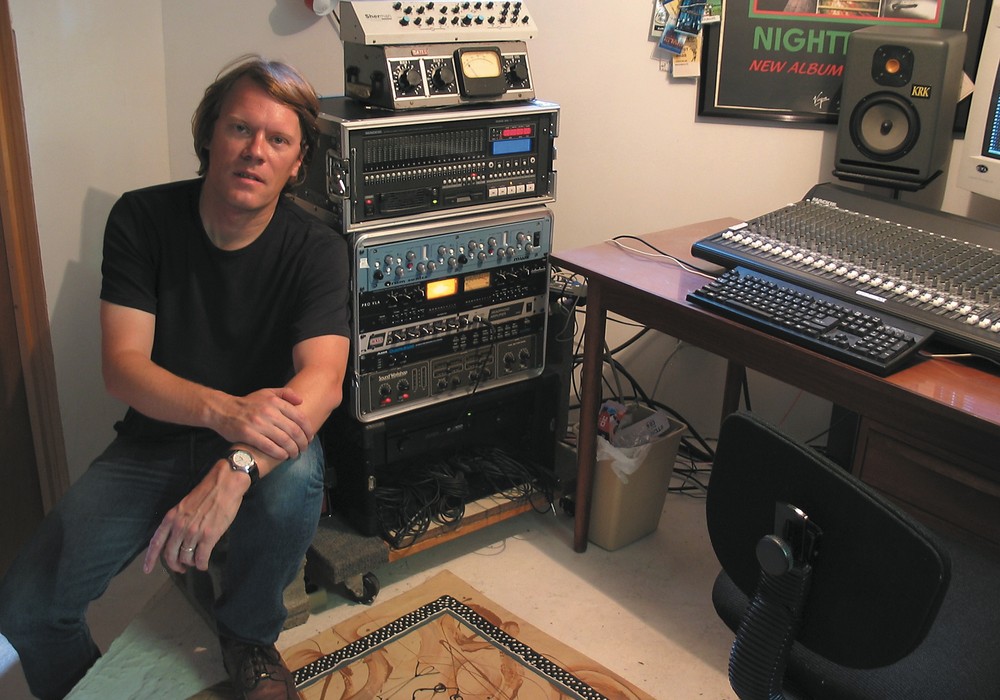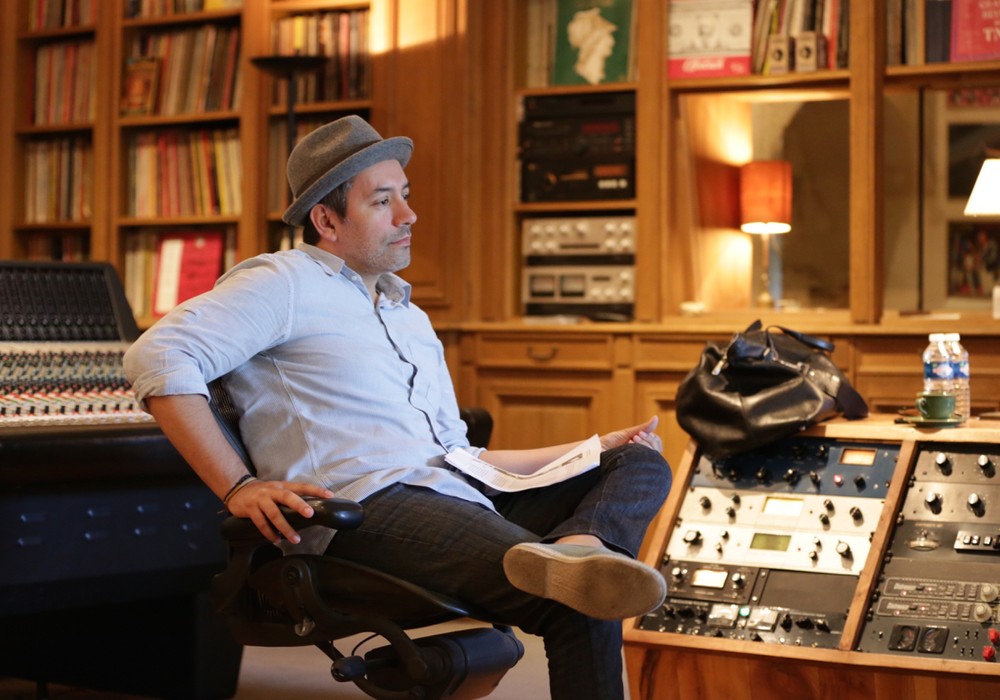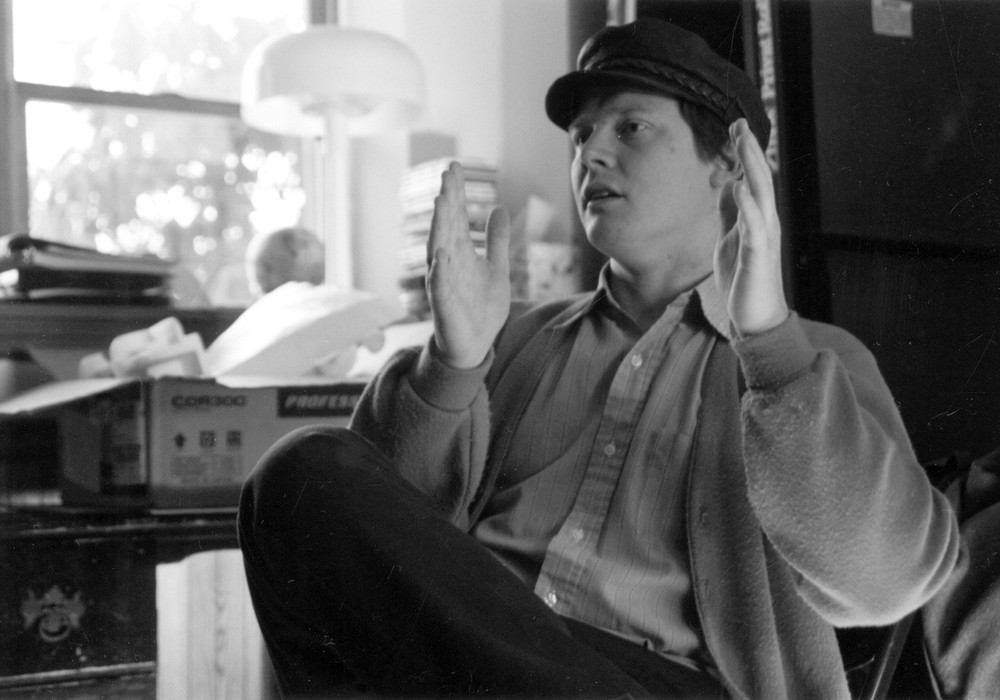Introduction:
From recording software to rack gear to large and small mixing consoles — audio meters are a part of everyday recording life. Unfortunately, the best way to read, interpret, and calibrate these meters is not always clear. The following is a very brief overview of some of the most common types of meters, how they work, and the benefits and shortcomings of each type.
VU Meter
Overview:
The first VU meters were introduced in the US around 1939 to maintain proper levels during broadcasts. Designed to adhere to then popular 'volume unit' standard, they were quickly nicknamed 'VU' meters. The first models used needle displays from voltmeters. This mechanism was chosen because their response (often referred to as ballistics by technical types) closely mimicked the program material of 1930's radio and film. It takes the needle about 300 milliseconds (ms) from the time a signal is introduced for it to overcome inertia and ramp up to a reading position. Likewise, it takes another 300 ms for the needle to recover once a signal has ended. These timings mimicked the limited dynamic range of monotone announcers and the rolling, syrupy music of the era.
Over time, audio program material became more complex, and limitations of the VU meter became obvious. For example, the needle ballistics are simply too slow to track an explosive signal (like a snare hit or a brass stab). Unknowing users would end up printing overly hot signals because the VU never registered transient peaks. Eventually, engineers learned to keep the highest VU readings several dB below full scale to provide a buffer for transients.
Today, VU meters come in other forms, including LED, plasma, and graphical representations of various bar-types.
Advantages:
Widely recognizable.
Economical to build.
Accurately measures continuous duration sounds.
Disadvantages:
Little or inaccurate transient signal response.
Poor for making acoustical comparisons between processed and unprocessed signals.
The 'volume unit' standard assumes that peaks will not exceed 10 dB above the reference level, which is inappropriate for almost all modern recording.
The PPM Meter
Overview:
European audio engineers had another nickname for VU meters, 'virtually useless'. Citing the ballistics limitations and an overall lack of agreement with the underpinnings of the 'volume unit' standard, they developed the Program Peak Meter (PPM) instead. This type of meter displays a waveform's peak, and holds that level for a period of time. Obviously this calls for a ballistic setup that is much different than aVU.Whereas,aVUhasa300msriseand300ms fall time, the PPM's rise time is a quick 10 ms. And unlike the VU's symmetrical rise and fall times, the PPM has an exaggeratedly slow fall time. This hold time allows engineers a chance to read transient peaks. Consequently, a PPM poorly measures average program levels.
Advantages:
Can track peaks caused by rapid transients.
Can help digital recordings stay below the maximum 0 Full Scale level.
Disadvantages:
Blind spots occur while holding a peak reading — a PPM cannot track signals passing during the fall time. Thus, a PPM can fail to warn of spikes occurring during the hold time.
Poor for monitoring continuous duration sounds.
Looking only at peaks can mislead an engineer to pull back too far on overall levels.
Blurs the true loudness of varied sound elements for the purposes of proper level matching across songs.
Loudness Meter
Overview:
Despite bickering back and forth across the Atlantic, both VU and PPM designs have advantages. So, it wasn't long before engineers were trying to devise a scheme that combined the peak response of a PPM and the sustained accuracy of a VU. However, implementing both types of ballistics concurrently proved to be difficult. Dorrough Electronics were the first to capture the complex relationships among integration time, RMS metering and the display of peak levels. Dubbed the Dorrough Loudness Monitor, the unit employs LEDs in an "eye brow" shape that shows density (VU) and peak (PPM) information simultaneously. As program density increases, the LEDs light from left to right. Meanwhile, peak information is tracked via a single LED arcing across the entire display.
Advantages:
Program Dynamic Range monitor — the wider the distance between the persistence LEDs and the peak LED, the greater the overall program dynamic range. As the two merge, the dynamic range gets smaller and smaller.
Provides accurate comparison of material for the purposes of establishing equal perceived loudness across an entire program.
Better source vs. target comparisons. Material with or without processing (EQ, compression, etc.) can be adjusted to provide the same listening levels.
Ability to predict phase problems of a stereo source before it is combined to mono.
Disadvantages:
Relatively expensive compared to other common VU and Peak Hold Meters
Conclusion:
There are lots of other scopes, meters, and analysis tools used in audio production. Oscilloscopes, spectrograms, RMS power histories, Spectral Analysis scopes, Lissajous Phase scopes are just a few of ones encountered in modern facilities. However, knowing the design, strengths, and weakness of VU, PPM, and Loudness meters is a crucial bit of knowledge for anyone in the audio field.










